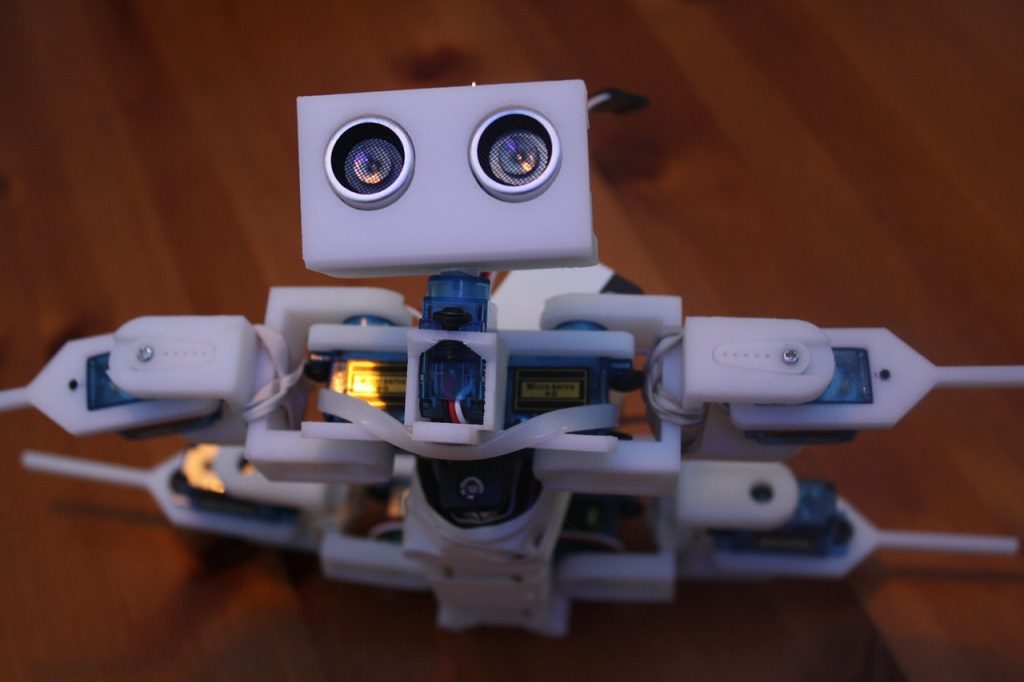3D printing, also known as additive manufacturing, is a process of creating three-dimensional objects from digital files. This technology has revolutionized the way we think about manufacturing, making it easier and faster to create complex shapes and designs.
How does 3D printing work?
The process of 3D printing begins with a digital file of the object you want to create. This file is created using Computer-Aided Design (CAD) software or obtained from a 3D scanning device that creates a digital copy of an existing object.
Once the digital file is created, it is loaded into the 3D printer’s software program, which slices the model into thin layers. The printer then uses these layers as a guide to add material layer by layer until the entire object is complete.
The materials used in 3D printing vary depending on the type of printer and the object being created. Common materials include plastics, metals, ceramics, and even food products like chocolate and icing.
Types of 3D printers
There are several types of 3D printers, but the most common ones are Fused Deposition Modeling (FDM), Stereolithography (SLA), and Selective Laser Sintering (SLS).
Fused Deposition Modeling (FDM)
FDM is the most commonly used 3D printing technology. This type of printer works by melting plastic filament and extruding it layer by layer to create an object. The printer moves back and forth along the x and y axes while the build platform moves up and down along the z axis, creating the layers.
Stereolithography (SLA)
SLA printers use a different process than FDM printers. SLA printers use a liquid resin that is cured by a laser to create the object. The printer exposes the resin to the laser, which solidifies the resin layer by layer until the object is complete.
Selective Laser Sintering (SLS)
SLS printers use a powdered material, such as nylon or metal, that is sintered together using a laser. The printer spreads a thin layer of powder onto the build platform and then uses the laser to melt and fuse the powder together to create the object. The build platform then lowers and a new layer of powder is spread, and the process is repeated until the object is complete.
Benefits of 3D printing
3D printing has several benefits over traditional manufacturing methods. Some of the key benefits include:
Design flexibility: 3D printing allows for complex and intricate designs that would be difficult or impossible to create using traditional manufacturing methods.
Cost-effective: 3D printing reduces material waste and eliminates the need for expensive tooling and molds, making it a cost-effective manufacturing method for small-scale production.
Customization: 3D printing allows for personalized products that are tailored to individual needs and preferences.
Faster production: 3D printing can produce parts and prototypes quickly, reducing lead times and time to market.
Applications of 3D printing
3D printing has a wide range of applications across various industries, including:
Medical: 3D printing is used to create prosthetics, implants, and surgical tools.
Automotive: 3D printing is used to create prototypes, tooling, and even entire car parts.
Aerospace: 3D printing is used to create lightweight and complex components for aircraft.
Architecture: 3D printing is used to create models and prototypes of buildings and structures.
Education: 3D printing is used in schools and universities to teach design, engineering, and manufacturing concepts.
Consumer goods: 3D printing is used to create customized products such as jewelry, phone cases, and even clothing.
Challenges of 3D printing
Despite its many benefits, 3D printing also has some challenges.
Some of the challenges of 3D printing include:
Material limitations: While 3D printing technology has advanced rapidly in recent years, there are still limitations on the materials that can be used. Some materials are difficult to print or require specialized equipment, limiting the types of objects that can be created.
Print quality: While 3D printing can create highly detailed and complex objects, print quality can be affected by a variety of factors such as printer calibration, layer adhesion, and material quality.
Cost: While 3D printing can be cost-effective for small-scale production, it can be expensive for larger-scale production. The cost of 3D printing materials and equipment can also be a barrier for individuals or small businesses.
Intellectual property concerns: 3D printing has raised concerns around intellectual property and copyright infringement. With the ability to easily replicate designs and objects, there is a risk of counterfeiting and infringement.
Environmental impact: 3D printing can produce a significant amount of waste material, and some materials used in 3D printing can be harmful to the environment. However, efforts are being made to develop more sustainable 3D printing materials and methods.
Conclusion
Overall, 3D printing is a revolutionary technology that has transformed the way we think about manufacturing. It allows for increased design flexibility, cost-effectiveness, customization, and faster production times. While there are still some challenges to overcome, the potential for 3D printing to shape the future of manufacturing is significant.







